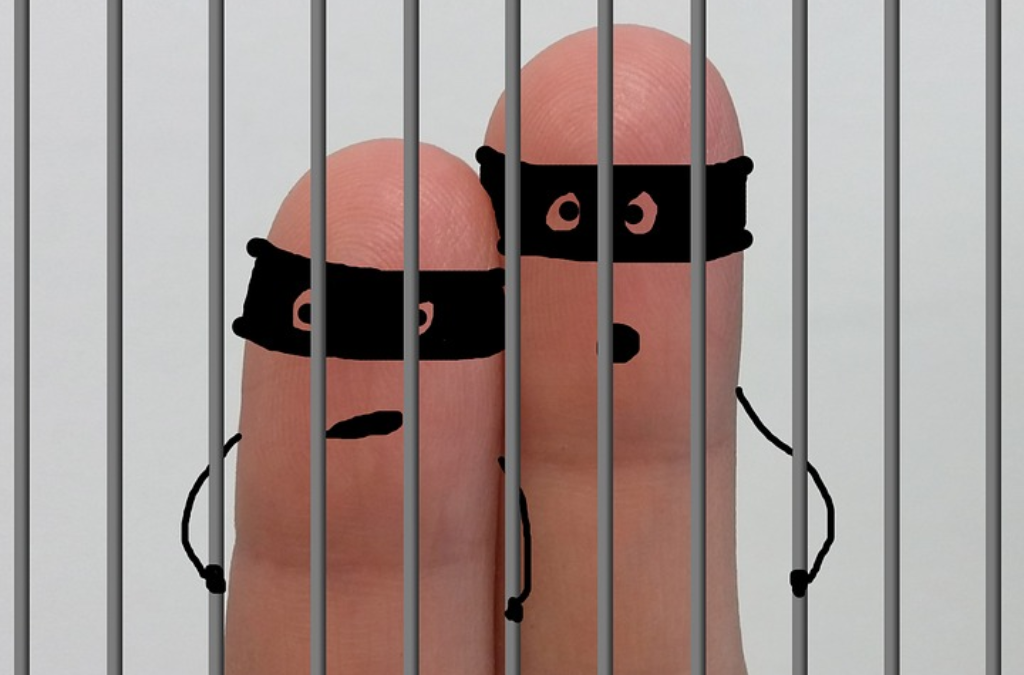Stay out of DMCA Jail – Protect yourself and your content from the perils of plagiarism
If you’re a B2B organization, the statistics around content generation and content marketing are staggering. According to the B2B marketing site Demand Gen and its 2016 Content Preferences Survey, 47% of B2B buyers consume three to five pieces of content prior to engaging with a salesperson.
Business buyers expect their content to be delivered in a variety of formats, across all channels of communication. They also expect transparency from your organization and the ability to develop a relationship with you and your brand. In an article on my website, “Plot a course for sales success with a marketing message that matters to millennials”, I look at the changes reflected in today’s consumer buying habits, and how they’re impacting the way businesses research and purchase equipment, technology and print. This includes how and what content is being consumed and shared and their approach to companies and brands.
For example, B2B buyers value content that offers data and analysis. They are most willing to register for and share information about themselves in exchange for white papers (76%), ebooks (63%), webinars (79%), case studies (57%) and third-party/analyst reports (66%).
Compelling content demands sweat
In September 1932, Harper’s Monthly published the famous quote from Thomas Edison: “Genius is one percent inspiration and ninety-nine percent perspiration.”
Crafting compelling, relevant, shareable communications, whether in the form of an email, a presentation, a speech, a brochure, or a tweet, is critical in the prospect-to-customer journey. And every genius piece of content created comes with its own fair share of blood, sweat and tears.
While imitation is the sincerest form of flattery it’s important that your carefully crafted words, images, videos, illustrations, soundbites and more are protected from being misrepresented, misused, misquoted or mistaken as someone else’s.
Whether you are the content’s rightful copyright owner, using it as a source of reference, or simply sharing it on social media, understanding copyright laws could make the difference between annoying emails, costly legal fees, fines ranging upwards of $25,000, or jail time.
There are differences between US and Canadian copyright laws. While both are members of the leading international copyright treaty, the Berne Convention they each have their own interpretations and unique copyright legislation. For example, the US has the fair use principle and Canada has fair dealing.
The Digital Millennium Copyright Act is a 1998 United States copyright law that implements two 1996 treaties of the World Intellectual Property Organization. It criminalizes production and dissemination of technology, devices, or services intended to circumvent measures that control access to copyrighted works. In other words, filing a DMCA Takedown Notice puts the content owner in DMCA jail. Their content will stop appearing in searches and their website could end up blacklisted by Google.
A DMCA notice informs a company, web host, search engine or internet service provider that they are hosting or linking to material that infringes on a copyright. (source: upcounsel)
Knowing your rights as a content owner are critical to your defence should someone file a claim against you – whether maliciously or mistakenly – claiming ownership of your content. Yes. It happens. And it could result in thousands of legal dollars spent fighting – or defending – a counter claim.
The Canadian Copyright Act prohibits others from copying your work without your permission. Its purpose is to protect copyright owners while promoting creativity and the orderly exchange of ideas. In a nutshell:
- Copyright of a work in Canada exists automatically upon that work’s creation.
- Where a work is created as part of the author’s work duties, the employer may have copyright ownership. People often think that if they commission or hire a freelance writer, photographer, graphic artist or composer to create a work for them, that they own copyright in the work and may use it as they wish. Without a clear agreement, this may not be the case.
- Independent contractors (such as consultants) are the authors of and own the copyright to their works, unless they’ve mutually agreed otherwise. No contract? No exchange of funds? Then the author maintains copyright ownership for as long as they’re alive.
- As the copyright owner you can reproduce your work in whole, in part, or modified however you like, wherever you like. Everyone else needs your permission.
- Canadian copyright law does not require the official registration of your work for it to be protected.
- Copyright extends for 50 years past the end of the calendar year in which the author dies.
- Even if an author has assigned the copyright to you, the author still has the right to prevent modifications that may be harmful to their reputation or honour.
According to marketingprofs.com, two million blogs are posted every day on WordPress. Instagram users upload 46,740 posts every minute while 656 million tweets are posted each day.
Content demand, variety and ability to create and share—and re-share—is easier than ever. And it’s never been more important in the business buyer’s journey. Protect the 99% of time you spend crafting your work and drive business growth with the genius that comes from it. Protect your content from plagiarism perils. And stay out of DMCA jail.
Portions of this article were published in Graphic Arts Magazine, with permission
Find out if you’re capturing the attention of today’s print and business buyers




